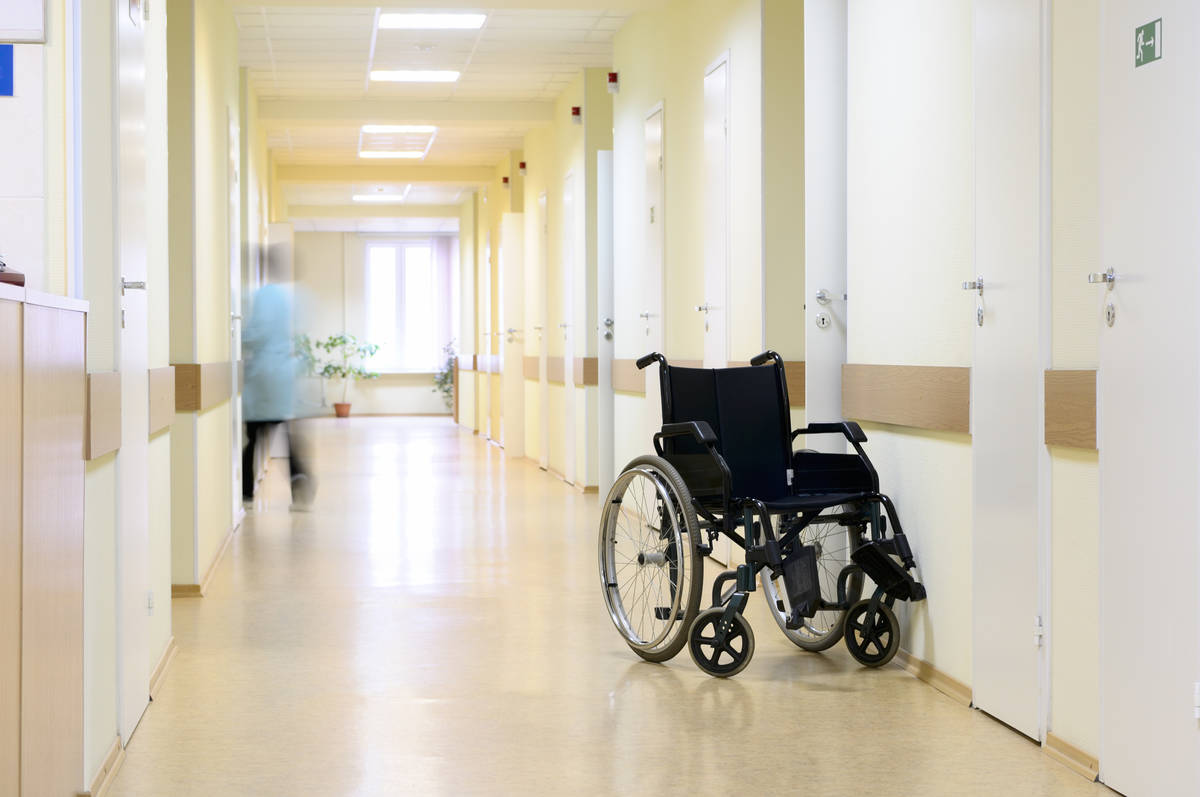Revised COVID-19 guidance issued for nursing homes
Since the beginning of the pandemic, the Centers for Medicare &Medicaid Services has recognized that physical separation from family and other loved ones has taken a physical and emotional toll on nursing home residents and their families.
CMS on Wednesday announced guidance on expanding indoor visitation in nursing homes in response to significant reductions in COVID-19 infections and transmission resulting from ongoing infection control practices and high vaccination rates in the nursing home population since the authorization of COVID-19 vaccines by the U.S. Food and Drug Administration.
Visitation guidance going forward
Visitation can be conducted through various means based on a facility’s structure and residents’ needs, including in resident rooms, visitation spaces and outdoors. Given the ongoing risk of COVID-19 transmission, CMS continues to recommend facilities, residents and families adhere to the core principles of COVID-19 infection control, including maintaining physical distancing and conducting visits outdoors whenever possible.
This continues to be the safest way to prevent the spread of COVID-19, particularly if either party has not been fully vaccinated.
Facilities should allow responsible indoor visitation at all times and for all residents, regardless of vaccination status of the resident, or visitor, unless certain scenarios arise that would limit visitation.
Those scenarios include, for unvaccinated residents, if the COVID-19 county positivity rate is greater than 10% and fewer than 70% of residents in the facility are fully vaccinated; for residents with confirmed COVID-19 infection, whether vaccinated or unvaccinated until they have met the criteria to discontinue transmission-based precautions; or for residents in quarantine, whether vaccinated or unvaccinated, until they have met criteria for release from quarantine.
The American Health Care Association and National Center for Assisted Living, which represents over 14,000 nursing homes and long-term care centers in the U.S., responded positively to the news that residents of facilities will be allowed visitation.
“While we are still reviewing the guidance, the indication that nursing home residents can visit with their loved ones is welcome news that we fully support,” said Mark Parkinson, president and CEO of AHCA/NCAL in a written statement.
“It has been nearly one year to the day since visitors were restricted from nursing homes, and now thanks to the vaccines, we cannot wait to safely reopen our doors. Our dedicated staff members have done an extraordinary job filling in for loved ones and adapting visitations during this difficult time, but nothing can replace engaging with family members in person. The health and well-being of our residents will improve thanks to this important guidance.”
Parkinson also stressed that it’s critical for public health officials to prioritize vaccines for long-term care residents and staff to help reunify family members in his statement.
“After the three rounds of on-site clinics, it is unclear how long-term care facilities will be able to quickly access vaccines moving forward,” he said. “We need the CDC to ensure the vaccine is readily available for new admissions as well as current residents who have since decided to get the vaccine, so they are able to visit with their families per the new CMS guidance. A steady, ongoing allocation of vaccines to long-term care will also help ensure we continue to build upon the progress we have already made in reducing COVID in long-term care.”
Outbreak guidance
While outbreaks increase the risk of COVID-19 transmission, a facility should not restrict visitation for all residents as long as there is evidence that the transmission of COVID-19 is contained to a single area of the facility. Facilities should continue to adhere to CMS regulations and guidance for COVID-19 testing, including routine staff testing, testing of individuals with symptoms and outbreak testing.
When a new case of COVID-19 among residents or staff is identified, a facility should immediately begin outbreak testing and suspend all visitation until at least one round of facility-wide testing is completed. Visitation can resume based on certain criteria.
If the first round of outbreak testing reveals no additional COVID-19 cases in other areas of the facility, then visitation can resume for residents in areas/units with no COVID-19 cases. The facility should, however, suspend visitation in the affected unit until the facility meets the criteria to discontinue outbreak testing.
If the first round of outbreak testing reveals one or more additional COVID-19 cases in other areas/units of the facility, then facilities should suspend visitation for all residents, vaccinated and unvaccinated, until the facility meets the criteria to discontinue outbreak testing.
Visits for compassionate care, such as an end-of-life situation or a resident in decline or distress, should be allowed at all times for any resident, vaccinated or unvaccinated.
In addition, facilities and visitors should continue all infection prevention and control practices.

















